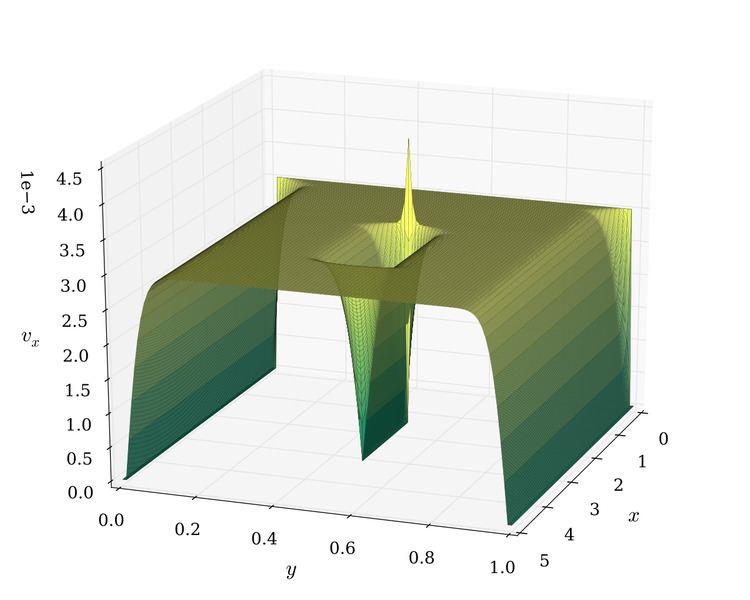 | ||
In mathematics, an integro-differential equation is an equation that involves both integrals and derivatives of a function.
Contents
General first order linear equations
The general first-order, linear (only with respect to the term involving derivative) integro-differential equation is of the form
As is typical with differential equations, obtaining a closed-form solution can often be difficult. In the relatively few cases where a solution can be found, it is often by some kind of integral transform, where the problem is first transformed into an algebraic setting. In such situations, the solution of the problem may be derived by applying the inverse transform to the solution of this algebraic equation.
Example
Consider the following first-order problem,
The Laplace transform is defined by,
Upon taking term-by-term Laplace transforms, and utilising the rules for derivatives and integrals, the integro-differential equation is converted into the following algebraic equation,
Thus,
Inverting the Laplace transform using contour integral methods then gives
Applications
Integro-differential equations model many situations from science and engineering. A particularly rich source is electrical circuit analysis.
The activity of interacting inhibitory and excitatory neurons can be described by a system of integro-differential equations, see for example the Wilson-Cowan model.
